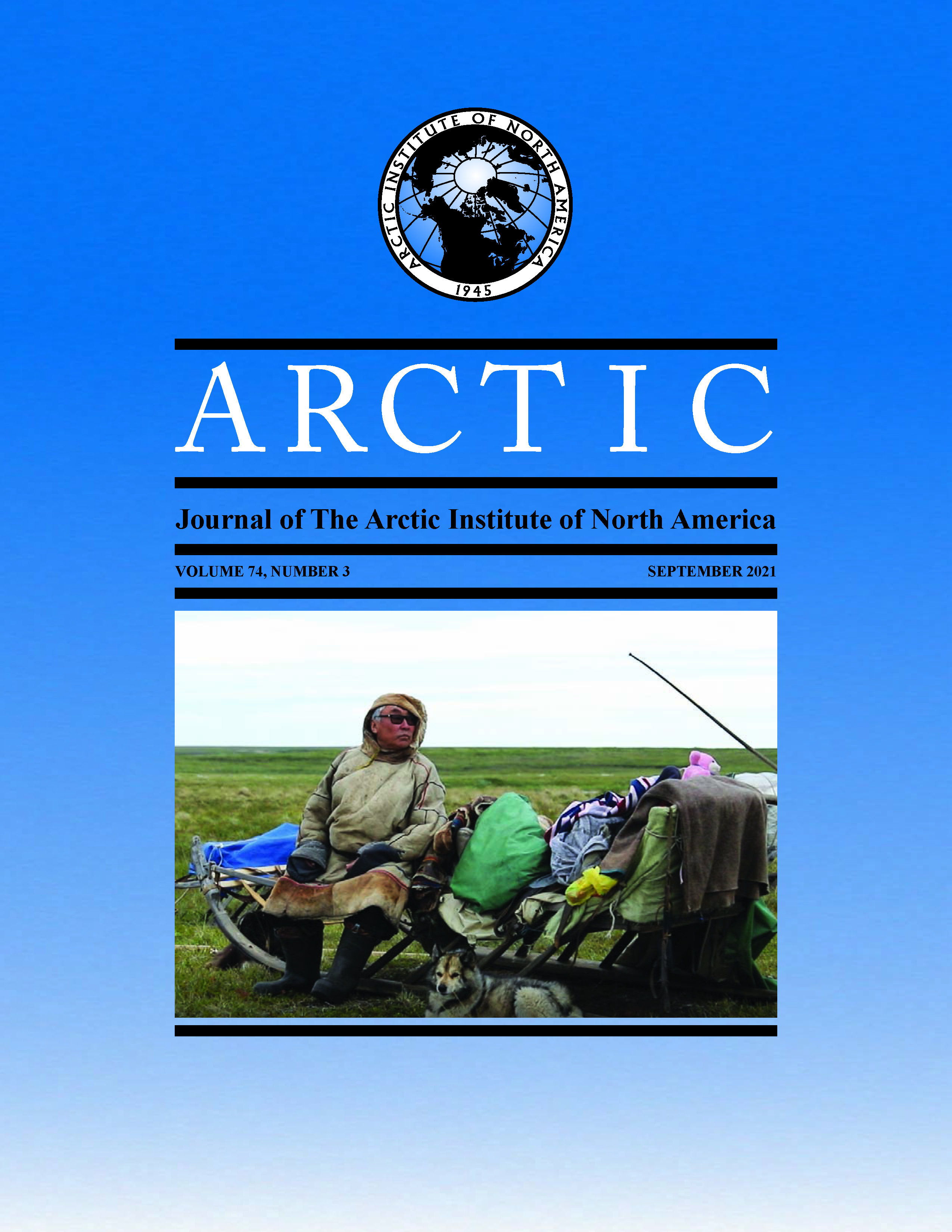Dorset Harpoon Endblade Hafting and Early Metal Use in the North American Arctic
DOI:
https://doi.org/10.14430/arctic73149Ключевые слова:
Arctic; archaeology; Dorset; Palaeo-Inuit; hafting; harpoon head; metal; material culture; Nunavut; NunatsiavutАннотация
Composite tool hafting research has touched upon almost every era and region of human history. One aspect that has seen little attention is how those traces of hafting strategies might reflect the raw material of the endblade that an organic handle would have held. This aspect is particularly important for clarifying the scope and scale of novel raw material use in contexts that have concurrent use of different lithic, bone, and metal materials. This article analyzes harpoon heads from the Canadian Arctic in Dorset cultural contexts and identifies three different hafting techniques employed across time. For roughly one millennium, Dorset groups used a single harpoon endblade hafting technique. After AD 500, new hafting techniques were developed, corresponding with the emergence of metal use. Some of these methods are not compatible with common chipped stone materials and signal an increase in metal endblade production. However, surviving metal objects are underrepresented in museum collections because of various taphonomic processes. By recognizing the materials of the harpoon endblade and the specific constraints of some hafting techniques, it is possible to identify what these endblade materials may have been and expand the known extent and intensity of early metal use by observing the hafts alone.
Скачивания
Загрузки
Опубликован
Выпуск
Раздел
Лицензия
Copyright (c) 2021 ARCTIC

Это произведение доступно по лицензии Creative Commons «Attribution» («Атрибуция») 4.0 Всемирная.


